Taking proper care of a dahlia will ensure that your garden is bursting with vibrant colors all season long. At CARS.EDU.VN, we understand the importance of nurturing your plants, just as we value maintaining your vehicle. By following our expert tips, you’ll master dahlia cultivation and create a stunning display. This guide covers everything from planting tubers to overwintering strategies, ensuring your dahlias thrive in any environment.
1. Understanding Dahlias: Origins and Characteristics
Dahlias originated in Central America and were introduced to Europe by the Spanish, initially for culinary purposes, similar to potatoes and tomatoes. These plants thrive in abundant sunshine and are sensitive to cold, requiring protection during winter. To cultivate them successfully, it’s essential to understand their specific needs.
1.1. Ideal Growing Conditions
- Sunlight: Dahlias require at least six hours of direct sunlight daily. A south or west-facing location is optimal.
- Soil: Fertile, moist, and well-drained soil is crucial. Incorporate organic matter like well-rotted manure to enrich the soil. For heavy clay soils, add grit to improve drainage.
- Shelter: Dahlias need protection from strong winds. A sheltered spot will prevent damage to their stems and flowers.
- Staking: Taller varieties often require staking to support their growth and prevent them from flopping over, especially when the flower heads are large.
1.2. Purchasing Dahlias
Dahlia plants are available at garden centers in the summer, but many gardeners prefer growing them from tubers. Tubers can be started indoors in late March or early April and then transplanted to the garden in May, after the last frost.
- Buying Tubers: Dahlia tubers are typically available for purchase starting in February. Online nurseries and specialty growers often provide the best selection.
- Choosing Tubers: When selecting tubers, look for ones that are firm and plump, without any signs of rot or mold. Larger tubers generally produce stronger plants.
- Buying Established Plants: If you’ve missed the opportunity to buy tubers, rooted tubers are available in early spring, and more established plants can be found from April to June.
2. Planting Dahlias: A Step-by-Step Guide
2.1. Starting Tubers Indoors
Sprouted dahlia tubers on a windowsill
Starting dahlia tubers indoors gives them a head start and ensures a longer blooming season.
- Potting: In early April, place the tubers in a large, shallow tray lightly covered with compost. Alternatively, pot each tuber individually in a large plastic pot filled with multi-purpose potting compost.
- Positioning: Place the tuber with the old stem or new shoot facing upwards, just below the soil surface.
- Watering: Water the tubers thoroughly, allowing any excess water to drain away.
- Location: Place the pots in a light, frost-free location like a greenhouse, cold frame, porch, or windowsill. Keep the compost moist but not waterlogged.
- Growth: New shoots should start to appear approximately five weeks after planting. By the time the frosts have ended in May, the plants will have formed bushy growth.
2.2. Planting Dahlias Outdoors
Once the danger of frost has passed, dahlias can be transplanted into the garden.
- Hardening Off: Acclimatize the plants to outdoor conditions by placing them outside during the day and bringing them back inside at night for about a week.
- Preparing the Soil: Dig a planting hole approximately 30cm wide. Add a bucketful of well-rotted organic matter to improve soil fertility. If the soil is heavy clay, incorporate horticultural grit at the base of the hole to enhance drainage.
- Planting Depth: Plant dahlias at the same depth they were in their pots.
- Spacing: Dahlias require adequate space to grow. Plant them approximately 60cm apart.
- Protection: Protect new shoots from slugs and snails.
2.3. Providing Support
Dahlias growing among supports
Most dahlia varieties benefit from support to prevent flopping.
- Staking: Install a stout stake or bamboo canes at each corner of the planting site. These supports will be hidden as the plant grows.
- Tying: Tie the new growth to the supports every couple of weeks.
2.4. Growing Dahlias in Pots
Dahlias can thrive in containers, making them suitable for patios and smaller spaces.
- Container Size: Choose a large container at least 30cm wide and deep.
- Compost: Fill the container with multi-purpose compost mixed with organic matter, such as well-rotted manure. You can also add slow-release plant food.
- Planting Depth: Plant the dahlia at the same depth it was in its original pot.
3. Essential Dahlia Care Tips
3.1. Encouraging Bushier Growth
Once the plant reaches approximately 20cm in height, promote more flowering side shoots by pinching out the main growing tip. Use a sharp knife or your thumb and forefinger to remove the central shoot down to the top pair of leaves.
3.2. Regular Feeding and Watering
- Feeding: Every two weeks, feed dahlias with a high potash feed, such as tomato feed, to encourage abundant flowering.
- Watering: Water the plants well once a week, ensuring the soil remains consistently moist.
3.3. Deadheading
Deadheading spent dahlia flower
Deadheading is crucial for prolonging the blooming period.
- Identifying Spent Flowers: Distinguish between buds (round) and spent flower heads (more pointed).
- Removal: Remove the entire flowering stem of spent flowers to encourage new blooms.
3.4. Cutting Dahlias for Display
If you’re growing dahlias for cut flowers, harvest them when they are fully open to enjoy their beauty indoors.
3.5. Expert Advice
According to dahlia expert Michael Mann, the three golden rules of dahlia care are:
- Consistent watering
- Regular feeding
- Thorough deadheading
4. Overwintering Dahlias: Protecting Your Investment
In many regions, dahlias cannot survive winter if left in the ground. It’s best to lift the tubers after the foliage has been blackened by frost.
- Cutting Back: Cut the stems back to approximately 12cm.
- Lifting Tubers: Gently lift the tubers using a garden fork, and remove any excess soil with your fingers.
- Drying: Place the tubers upside down in a newspaper-lined tray to dry out in a dry place for a couple of weeks.
- Storing: Once dry, store the tubers in a cool, frost-free location, such as a dark garage, in a shallow tray of dry compost or horticultural sand. Avoid watering them during this period.
- Replanting: In late March or early spring, it’s time to pot them up again.
4.1. Overwintering in Mild Climates
In milder climates with well-drained soil, you can leave dahlia tubers in the ground. Cover the soil with a thick layer of mushroom compost or straw to insulate them from frost. In spring, simply rake away the excess compost.
5. Propagating Dahlias: Expanding Your Collection
5.1. Dividing Tubers
Gardener taking dahlia cuttings
Dahlia tubers can be divided in the spring to create new plants.
- Starting Growth: Press the tubers down onto a tray of shallow compost and allow them to start growing in a greenhouse or sunny room. Keep the compost warm and moist.
- Dividing: Once the tubers start producing shoots, divide them using a clean, sharp knife. Ensure each section has at least one shoot and a set of roots.
- Potting: Pot on the divisions and grow them until the danger of frost has passed before planting them out.
5.2. Taking Basal Cuttings
Dahlias can also be propagated by taking basal cuttings in the spring. Each tuber can yield around five new plants, which will flower in the summer.
5.3. Growing Dahlias from Seed
It’s also possible to grow dahlias from seed, although the resulting plants may not be identical to the parent plant.
6. Common Dahlia Problems and Solutions
6.1. Earwigs
Gardener making an earwig trap
Earwigs can damage dahlia foliage, buds, and flowers.
- Trapping: Create earwig traps by pushing a garden cane into the soil and placing an upturned garden pot filled with straw on top. Earwigs will retreat to the pot during the day, allowing you to dispose of them.
6.2. Slugs and Snails
Slugs and snails are fond of dahlias, particularly the new growth.
- Protection: Plant out plants when they are a decent size. Surround the plants with copper rings. Scatter organic slug pellets, which do not harm wildlife.
6.3. Capsid Bugs
Capsid bugs can also pose a problem. Regularly inspect plants and take appropriate measures to control infestations.
7. Exploring Different Types of Dahlias
Dahlias come in a wide range of colors, shapes, and sizes, offering something for every gardener.
7.1. Dahlia Varieties
| Type | Description | Examples |
|---|---|---|
| Single Dahlias | Single ring of petals around a central disc. Attractive to pollinators. | ‘Joe Swift’, ‘Bishop of Llandaff’ |
| Cactus Dahlias | Fully double blooms with narrow petals that curve outwards. Range in size from miniature to giant. | ‘Doris Day’, ‘Ryecroft Pixie’ |
| Semi-Cactus Dahlias | Fully double flowers with petals broader at the base and rolled for about half their length. | ‘Dame Deirdre’, ‘Pink Preference’ |
| Pompon Dahlias | Perfect spheres formed of inward-curved petals. Smaller flowers than ball dahlias. | ‘Moor Place’, ‘Franz Kafka’ |
| Ball Dahlias | Larger than pompon dahlias, with a spiral arrangement of curved petals forming a ball or flattened sphere. | ‘Jomanda’, ‘Aurora’s Kiss’ |
| Waterlily Dahlias | Broad, shallow double flowers shaped like a saucer with curved or flat petals. | ‘Kilburn Rose’, ‘Taratahi Ruby’ |
| Anemone Dahlias | Tubular florets in the center surrounded by at least one ring of flatter petals. | ‘Lambada’ |
| Decorative Dahlias | Fully double, slightly flat, broad petals with blunt ends and no central disc. Largest dahlia flowers. | ‘Checkers’, ‘David Howard’ |
| Collarette Dahlias | Large petals surrounding a ‘collar’ of smaller petals around a central disc. | ‘Chimborazo’, ‘Yankee Doodle Dandy’ |
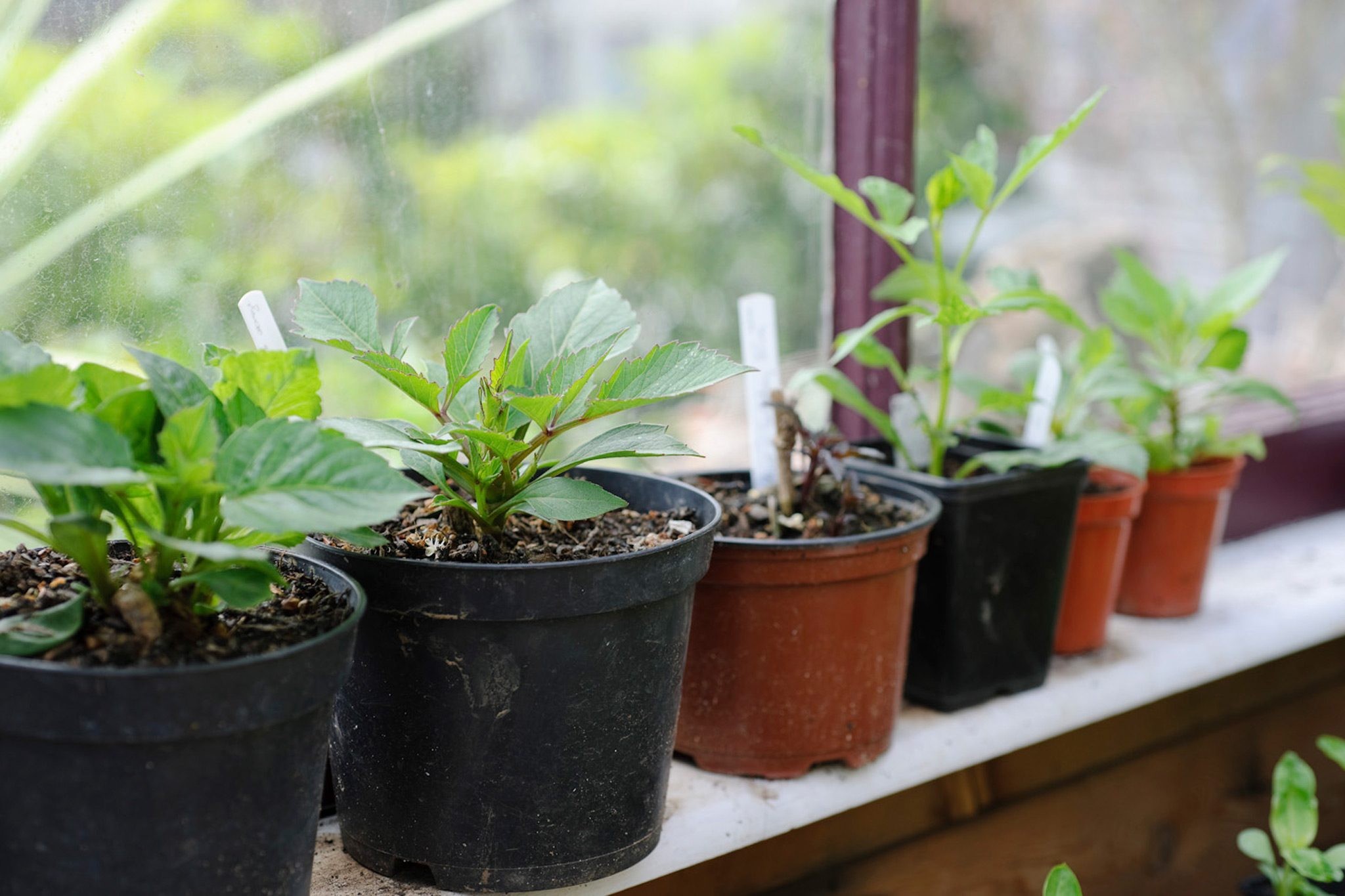
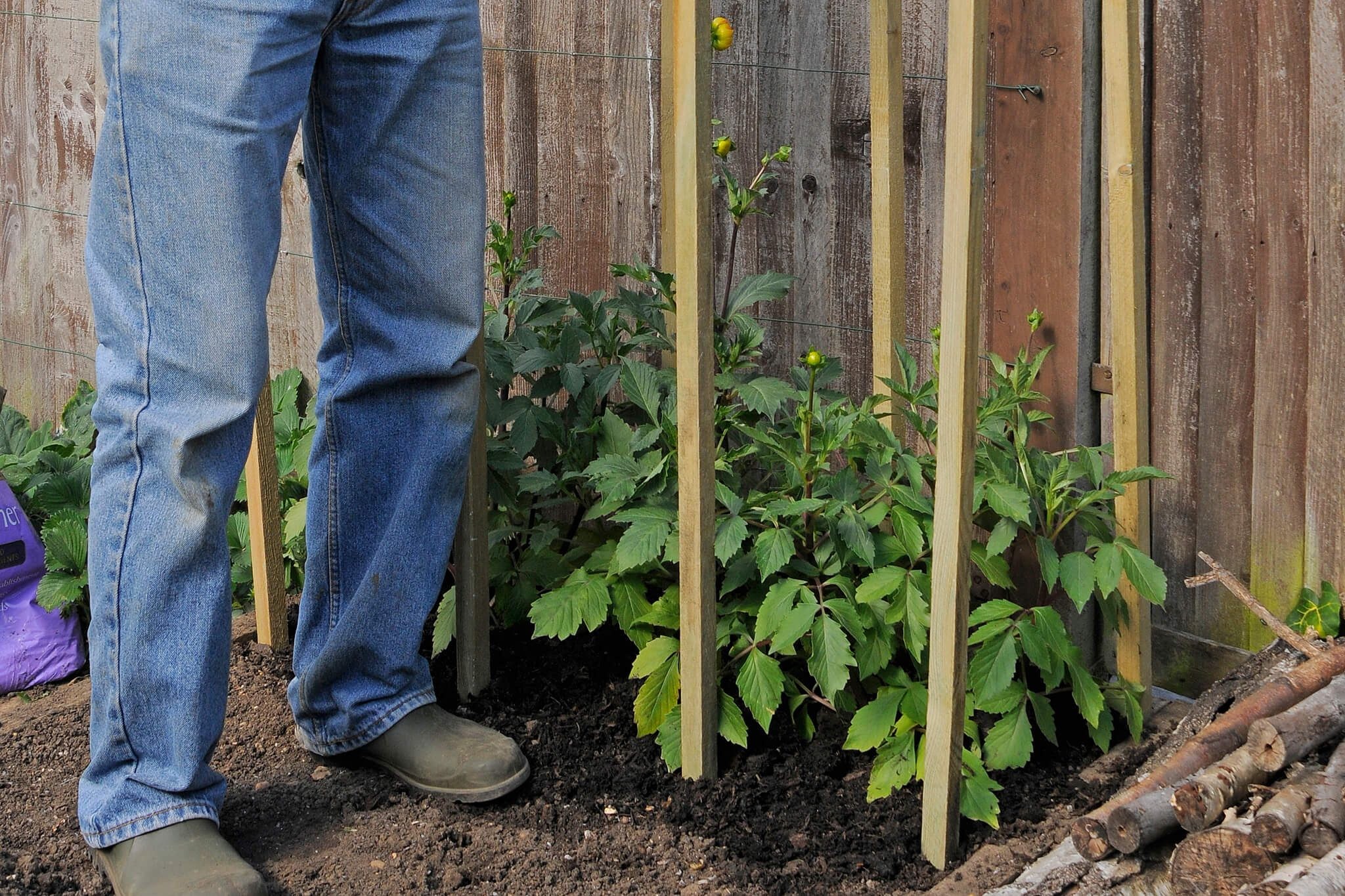
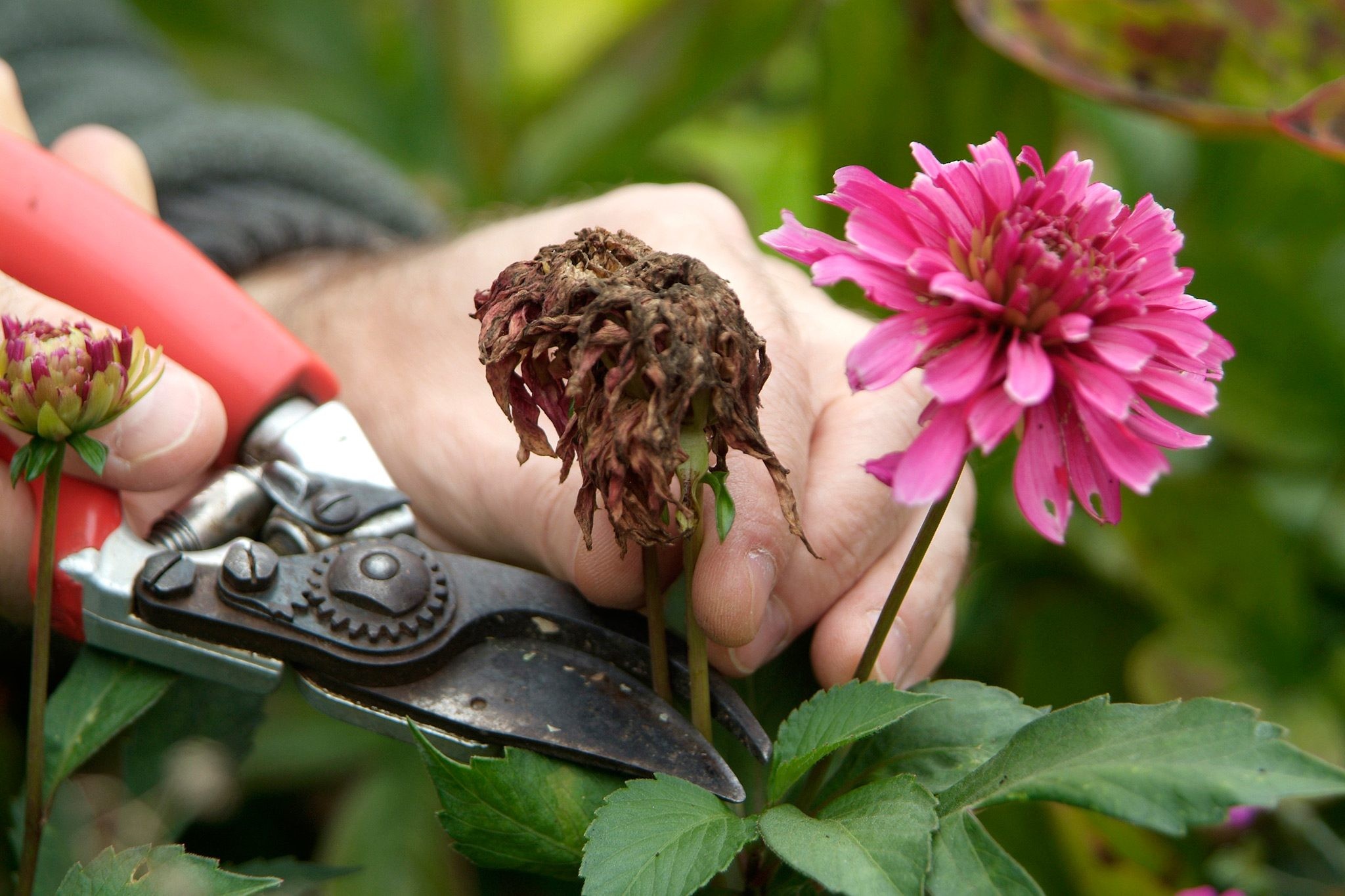
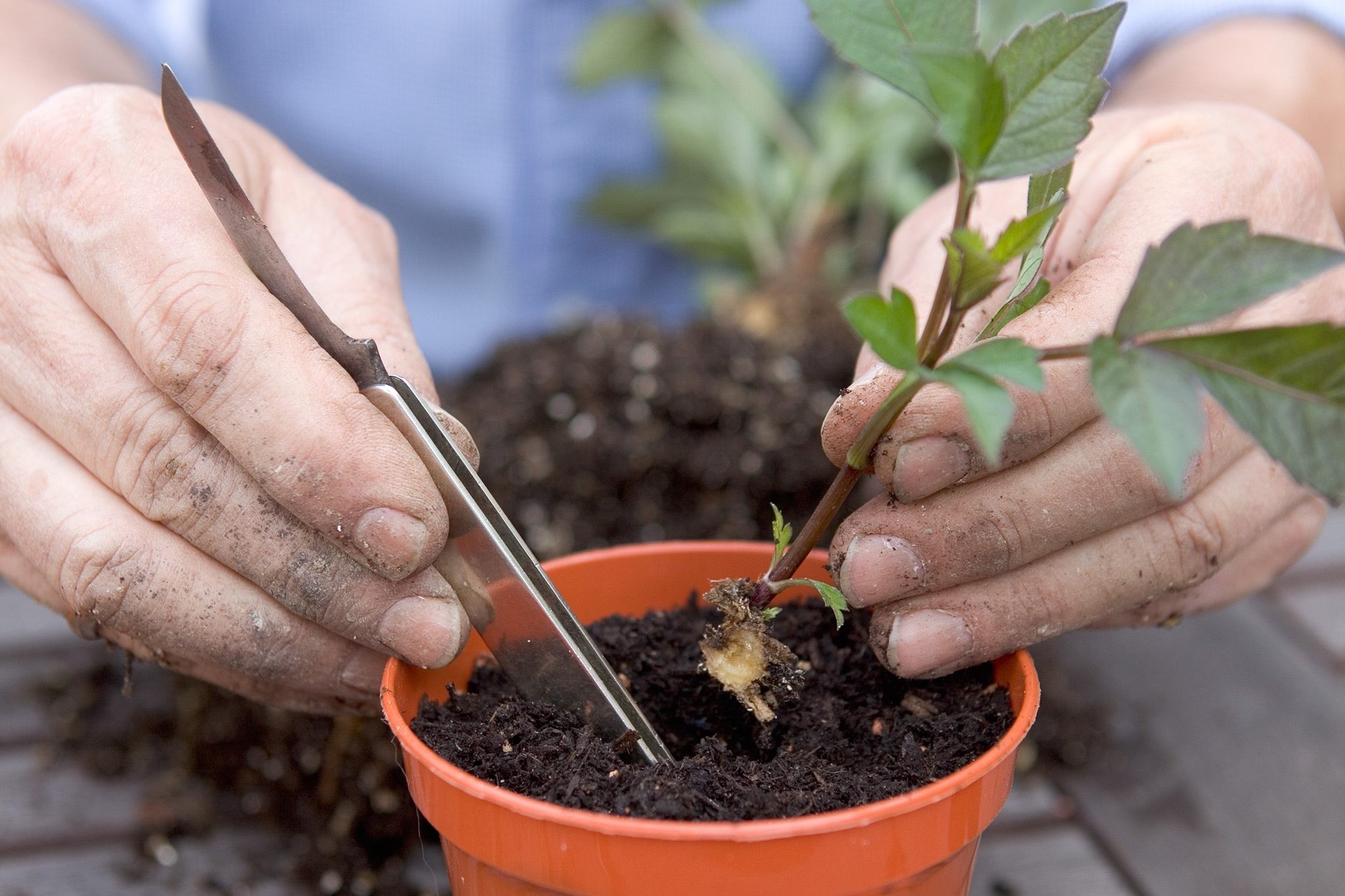
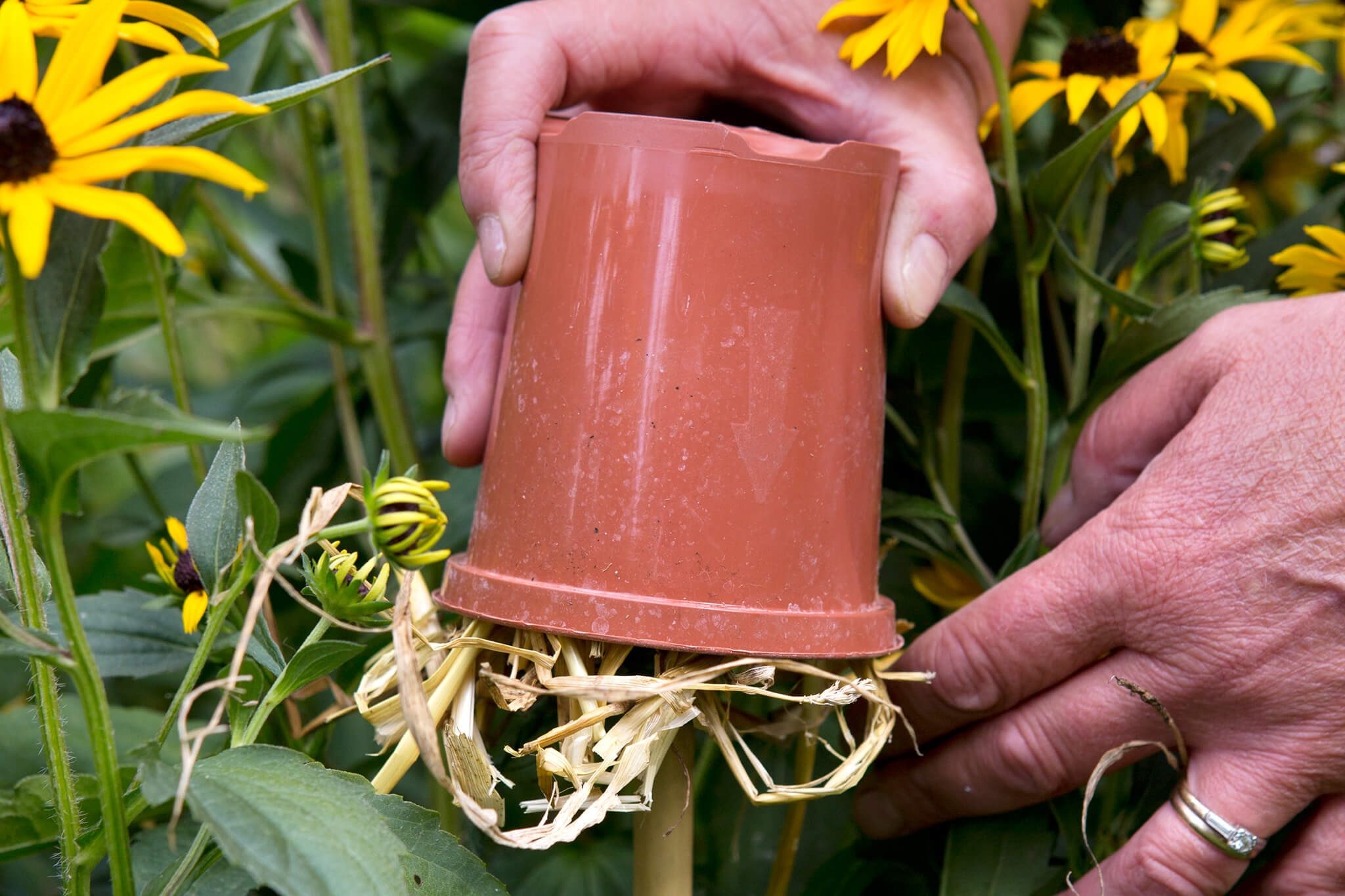
7.2. Dahlias by Flower Color
Dahlias are available in a vast array of colors, allowing you to create stunning garden displays. Some popular color options include:
- Red
- Yellow
- Pink
- Purple
- Orange
- White
8. Frequently Asked Questions About Dahlia Care
8.1. My dahlia stem snapped off in the wind What should i do?
Don’t worry, if the tubers are healthy, more stems will grow from the base. Water the plant well and cut the severed stem down to a pair of leaf nodes. Be patient and allow the plant to recover.
8.2. What Size Pot is Best for Growing Dahlias?
Generally, a pot with a height and diameter of around 35cm is sufficient for a dahlia up to 1m in height. Plant one dahlia tuber per pot and keep it well watered. Remember to stake your plant and avoid growing very tall dahlias in pots.
8.3. My Dahlia Doesn’t Have Any Tubers. What should i do?
Dahlias grown from seed typically develop a tuber by the end of the growing season. If there is no tuber, dig up the rootball and pot the dahlia, watering it to settle it in. Keep it in an unheated greenhouse or similar, where it can continue growing without threat of frost. Water sparingly to prevent the compost from drying out, and replant after the frost has passed in the spring. It should develop tubers the following year.
8.4. My Dahlia Leaves are Curled and Distorted! What should i do?
Dahlia leaves can curl and become distorted due to several reasons, including attacks from aphids and red spider mites, mosaic virus, or even botrytis. Inspect the plant thoroughly for signs of invertebrates and remove them along with the affected leaves. If there are no signs of invertebrates, mosaic virus or botrytis may be the cause, and you will need to destroy the plant.
9. Maintaining Your Car Like You Care For Your Dahlias
Just as dahlias require meticulous care, your car also needs regular maintenance to ensure optimal performance and longevity. At CARS.EDU.VN, we provide expert advice and services to keep your vehicle in top condition.
9.1. Why Regular Car Maintenance Matters
- Extends Vehicle Life: Regular maintenance can significantly prolong the life of your car, preventing costly repairs down the road.
- Ensures Safety: Well-maintained cars are safer to drive, reducing the risk of accidents caused by mechanical failures.
- Improves Fuel Efficiency: A properly tuned engine and well-maintained tires can improve fuel efficiency, saving you money on gas.
- Maintains Resale Value: Regular maintenance helps maintain the resale value of your car, making it more attractive to potential buyers.
9.2. Essential Car Maintenance Tasks
| Task | Frequency | Description |
|---|---|---|
| Oil Change | Every 3,000-5,000 miles | Replacing old oil with fresh oil to keep the engine lubricated and running smoothly. |
| Tire Rotation | Every 6,000-8,000 miles | Rotating tires to ensure even wear and extend their lifespan. |
| Brake Inspection | Every 12,000 miles | Inspecting brake pads, rotors, and lines to ensure proper braking performance. |
| Fluid Checks | Monthly | Checking and topping off fluids such as coolant, brake fluid, power steering fluid, and windshield washer fluid. |
| Battery Inspection | Twice a year | Inspecting the battery terminals and voltage to ensure reliable starting. |
| Air Filter Replacement | Every 12,000-15,000 miles | Replacing the air filter to ensure clean air flow to the engine. |
| Spark Plug Replacement | Every 30,000 miles | Replacing spark plugs to maintain optimal engine performance and fuel efficiency. |
| Timing Belt Replacement | Every 60,000-100,000 miles | Replacing the timing belt to prevent engine damage. |
9.3. How CARS.EDU.VN Can Help
At CARS.EDU.VN, we understand the challenges car owners face in finding reliable repair services and trustworthy information. We offer a range of services to help you keep your car in top condition:
- Detailed Service Information: Access comprehensive information on car care and repair services.
- Easy-to-Understand Maintenance Guides: Follow our simple guides to perform regular maintenance tasks.
- Expert Car Reviews and Comparisons: Make informed decisions when buying a new or used car.
- Tips for Solving Minor Car Problems: Learn how to troubleshoot and fix common car issues yourself.
- Latest Car News and Technology Updates: Stay updated on the newest trends in the automotive industry.
10. Conclusion: Nurturing Your Passions, Whether Plants or Cars
Caring for dahlias requires patience, attention to detail, and a love for nurturing life. Similarly, maintaining your car involves consistent effort and a commitment to ensuring its longevity and performance. At CARS.EDU.VN, we’re dedicated to providing you with the knowledge and resources you need to excel in both areas.
Just as the right care can transform a simple tuber into a stunning dahlia, the right maintenance can keep your car running smoothly for years to come. Explore CARS.EDU.VN today to discover a wealth of information and services designed to help you nurture your passions, one plant, and one vehicle at a time.
Address: 456 Auto Drive, Anytown, CA 90210, United States
Whatsapp: +1 555-123-4567
Website: CARS.EDU.VN
Are you finding it difficult to locate reliable car repair services? Do you struggle with understanding car maintenance schedules or choosing the right vehicle? Visit CARS.EDU.VN today and let us assist you with all your automotive needs. Our comprehensive resources are designed to provide you with the expertise and support you need to keep your car running smoothly and safely. Discover the cars.edu.vn difference today and drive with confidence.
